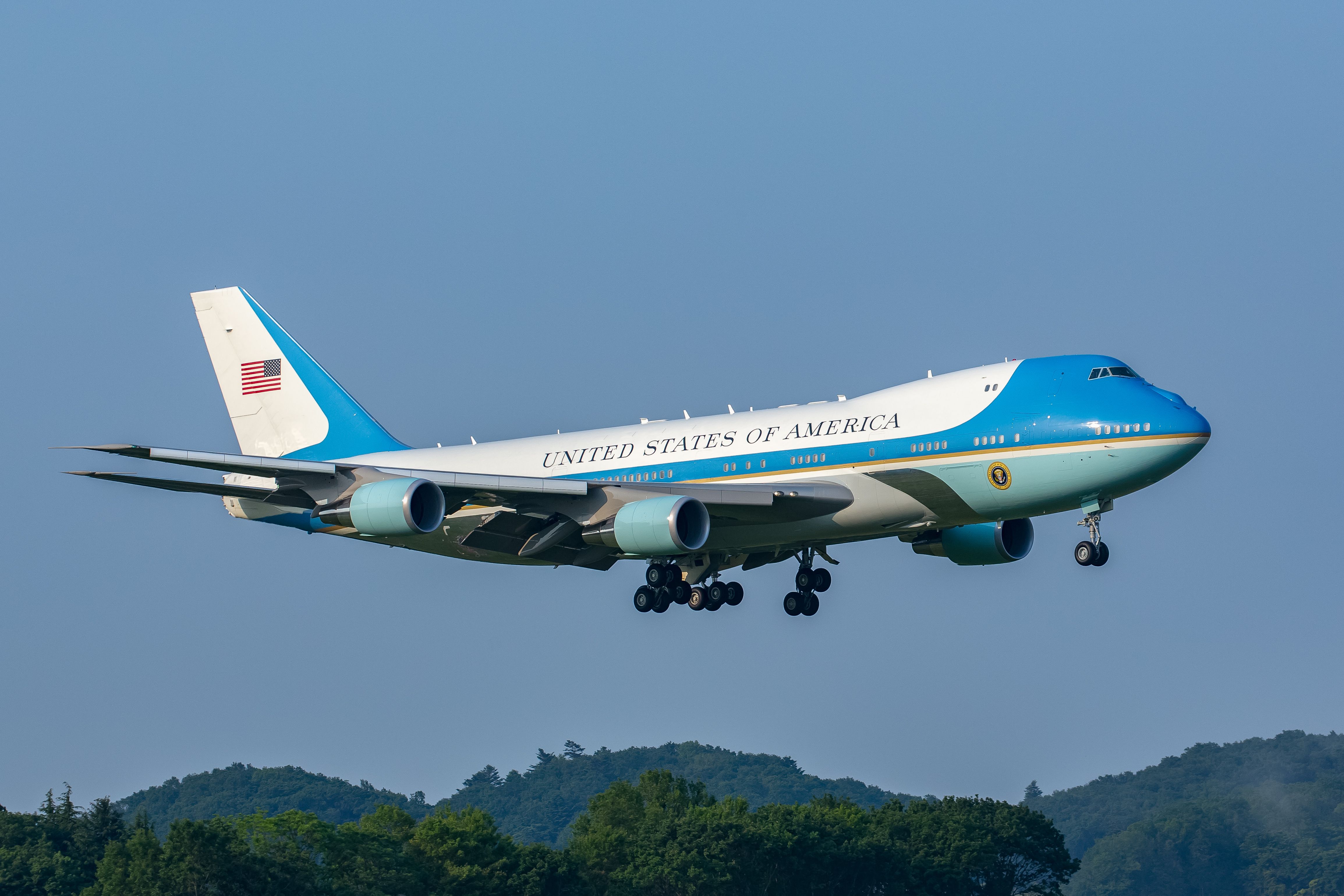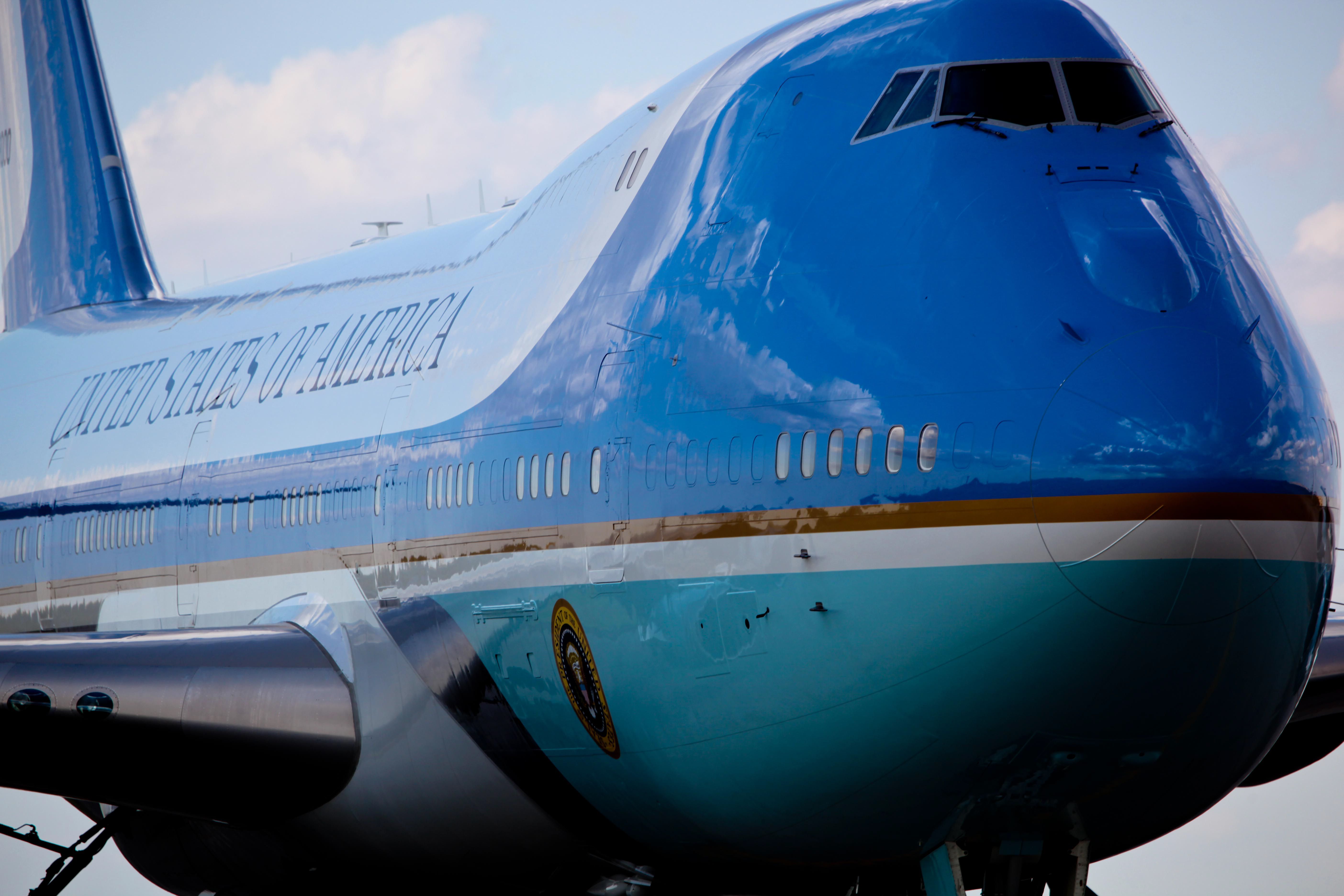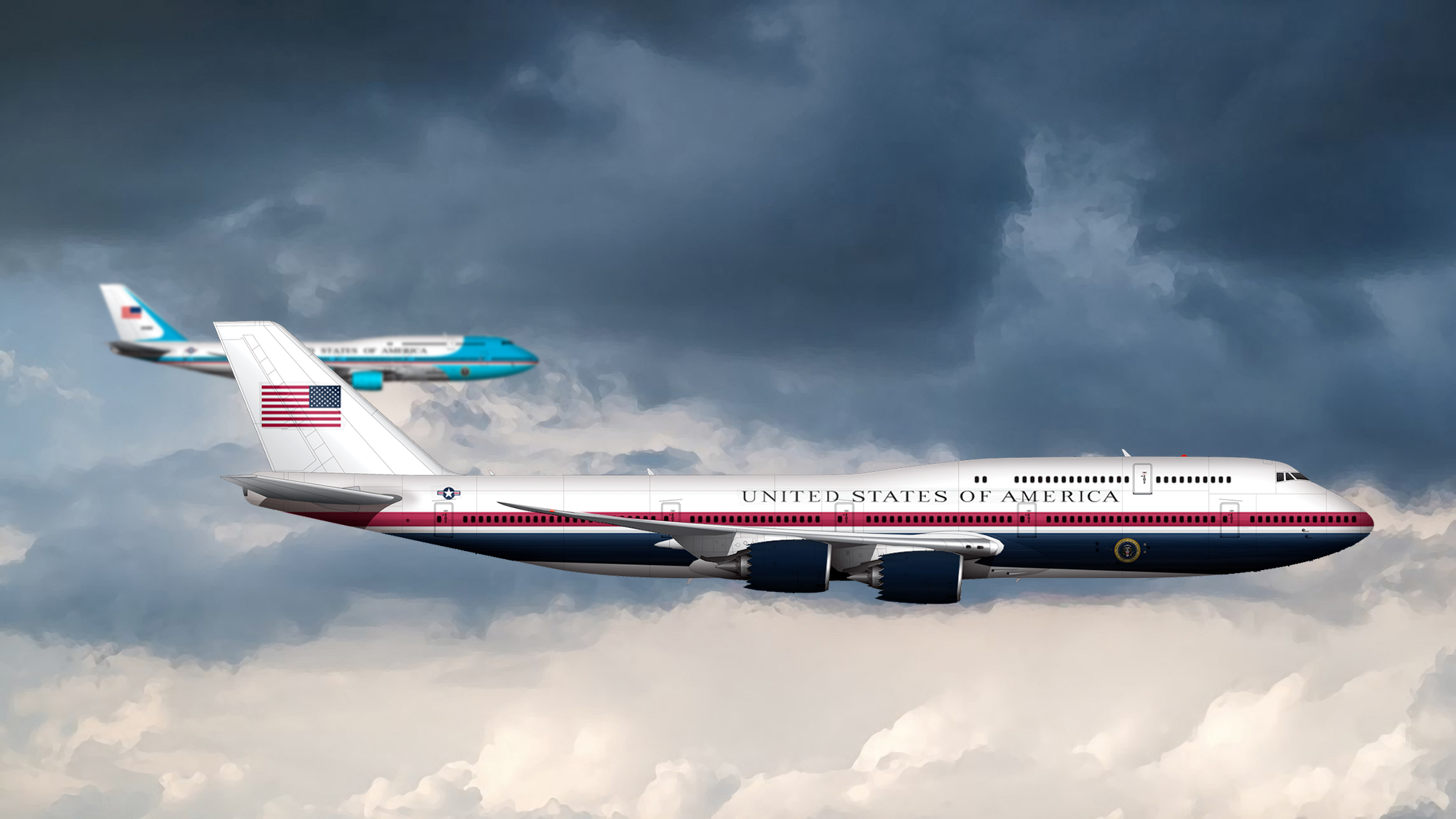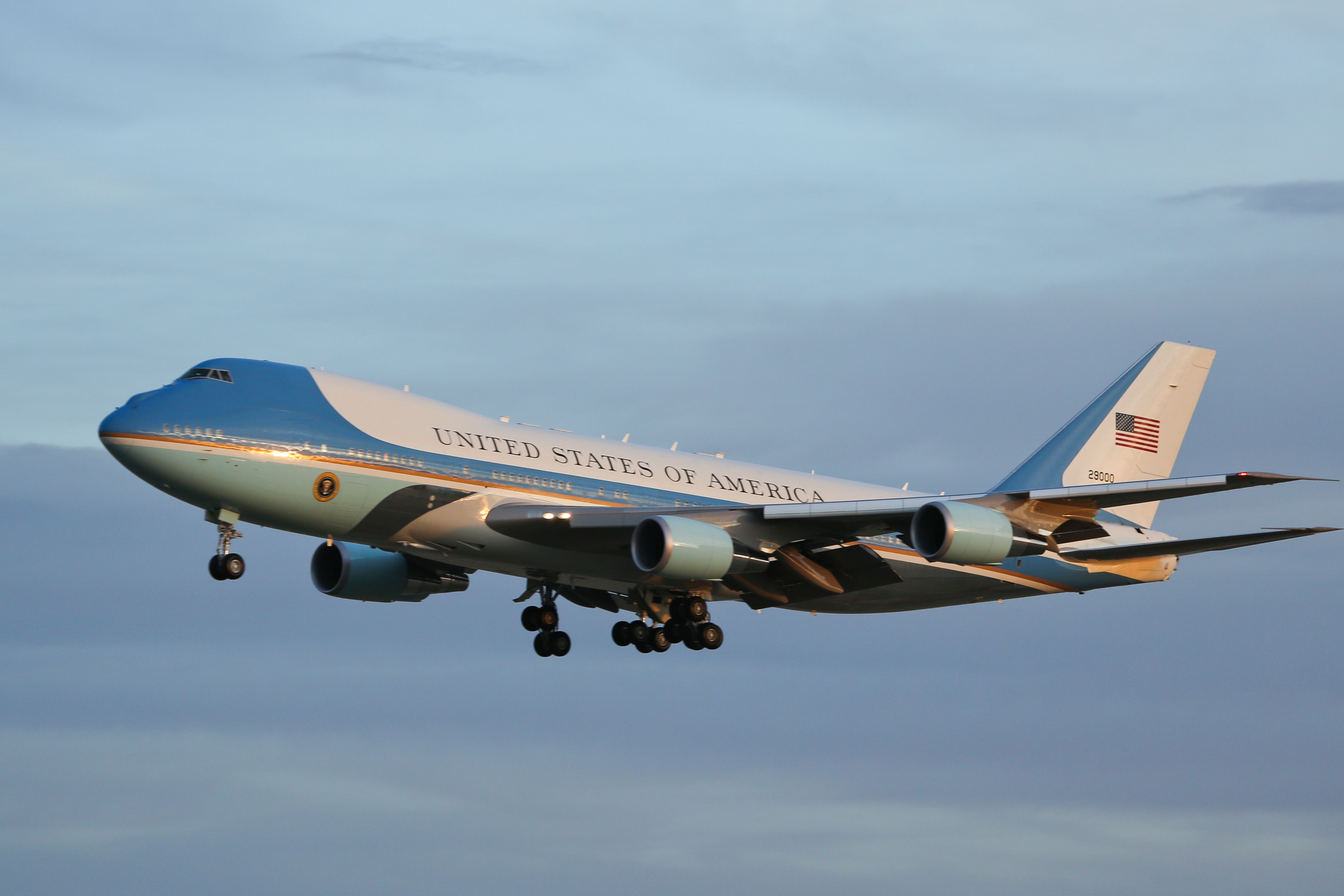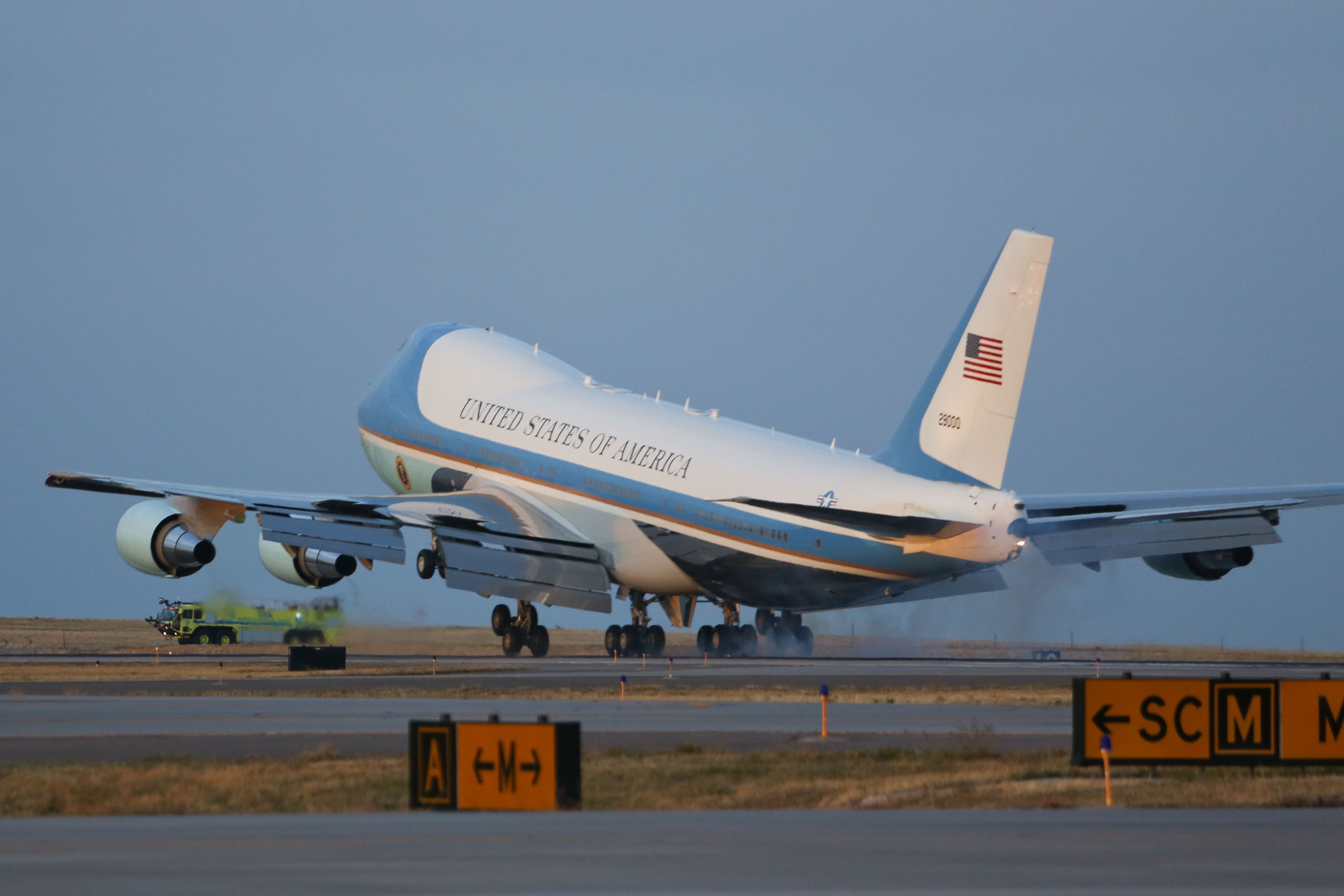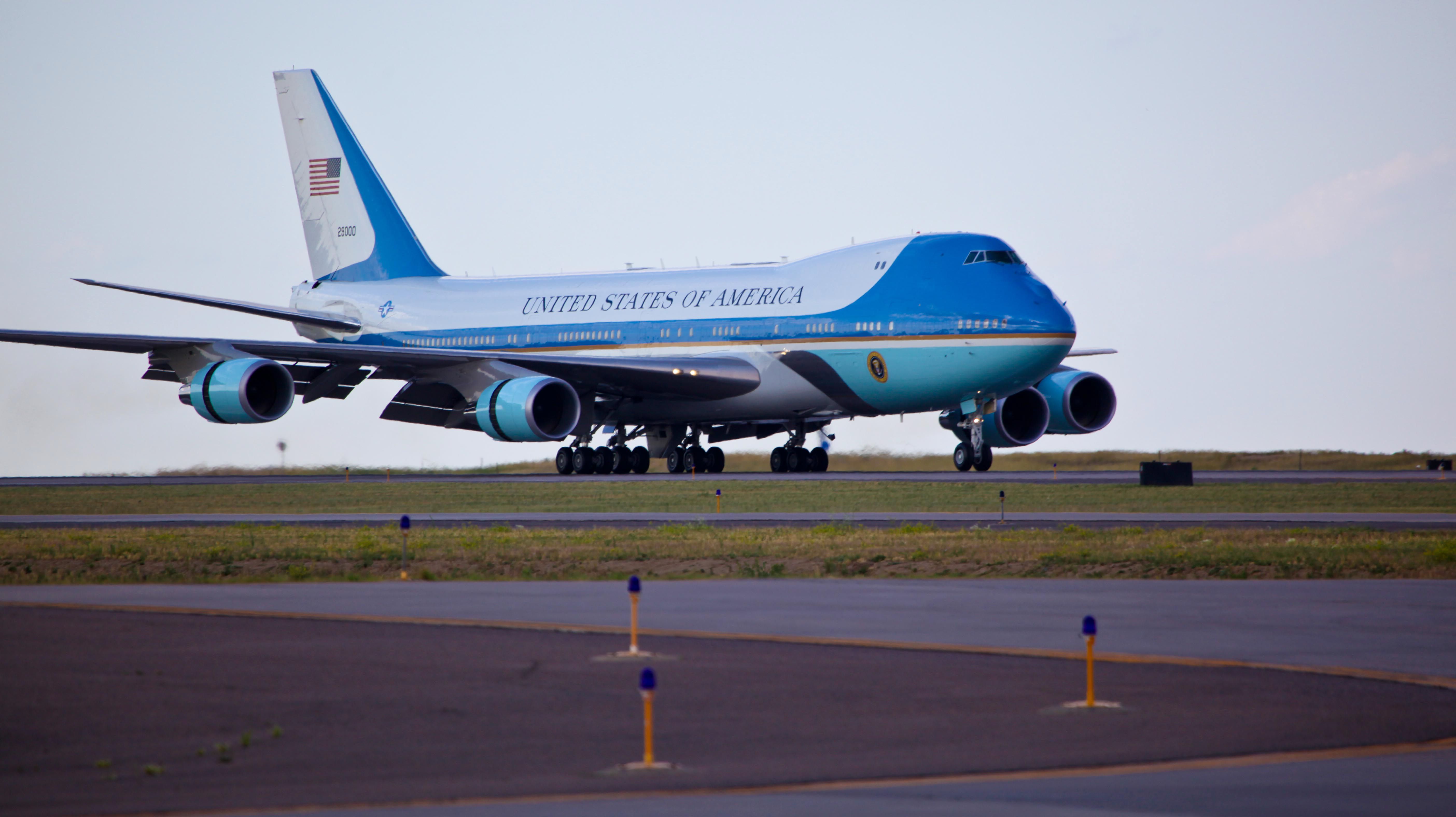Today marks the 33rd anniversary of the first Air Force One Boeing 747 delivery on January 26th, 1990. Since that date, two 747-200B models, classified by the Air Force as the VC-25A, are still in use today. However, these aircraft are growing old and antiquated, placing in the top 20 oldest active 747s. Boeing is currently working on retrofitting two undelivered 747-8 aircraft to replace the older variants. Let's take a look at the latest with the new Air Force One airplanes.
The Air Force One of tomorrow
While the VC-25A is a very capable aircraft, in a changing world with advancing technology, the US government sees it fit that the VC-25A be replaced with a newer, more advanced aircraft. The two replacement aircraft will be the latest generation Boeing 747-8. These aircraft will be designated as VC-25B by the Air Force, sharing much in common with their predecessors. The specifications of the new aircraft and its capabilities are, understandably, classified. However, like their predecessors, they have a handful of features that are public knowledge.
The new airplanes' defense systems will be updated from the current specifications with modern technology to make them more accurate and reliable. The jets' communication systems will also be enhanced, guaranteeing rapid, secure communications. Being the newest 747 model, these planes are far more efficient, giving the aircraft increased range while lowering operating costs compared to the -200. Further classified features will be added to the aircraft to enhance safety and capability that were not present in the past model.
What the new Air Force One won't have
One downside critics have pointed out is that the aircraft will not have air-to-air refueling capabilities. Such a system is present on the current VC-25A models, though it has not been needed to date. It could prove detrimental not to have such a feature in times of crisis if the jet is needed as a flying command post for extended periods.
While adding the feature may seem as simple as adding a fuel port on the airplane's nose, it is much more complicated than that. Boeing would need to connect the extra fuel port to the fuel system, meeting the relevant certification standards. This would entail making further large adjustments throughout parts of the aircraft's fuselage adjusting the weight and balance of the aircraft as well as performance numbers.
While major changes for a refuleing system aren't on the table, we do know that the new Air Force Ones will come with inbuilt airstairs, allowing the president to board and leave the aircraft via the cargo deck at airports that don't have the infrastructure to support a Boeing 747. These stairs can be found on the left side of the aircraft, just behind the presidential seal.
Not new build aircraft
Boeing built the VC-25A specifically for the US Air Force. Meanwhile, the newest model will consist of two 747s that were already produced and are now being retrofitted for presidential purposes. The new 747-8s were built for the now-defunct Russian airline Transaero. However, these jets were never delivered, instead ending up as white tails in the desert. Given that the aircraft were unwanted, it worked out far cheaper to repurpose them than to build two custom aircraft from scratch.
There has been a lot of discussion about the livery of the aircraft. The current VC25-As wear a livery that dates back to the 1960s. While in office, President Trump decided that the aircraft would wear a radical new design, based on the colors of the American flag. The reaction to this decision was mixed. However, while President Biden didn't want to address the issue at the start of his administration, it has since been revealed that he would revert to the original color scheme, due to increased costs associated with the new scheme.
The cost to retrofit both planes is an estimated $3.9 billion. Boeing has been working on the project for several years now and has stated that the earliest the project may be completed is mid-2025. Various delays ranging from the pandemic to contractor disputes have significantly pushed the completion date back from the original 2024 target. With the next president due to be inaugurated on January 20th, 2025, any successor may find it is too late to change the paint scheme again.
Get the latest aviation news straight to your inbox: Sign up for our newsletters today.
Modern-day Air Force One
In 1943 US President Franklin D. Roosevelt became the first president to fly while in office. This first presidential flight was a bit less glamorous than those of today as Roosevelt did not have a designated plane. He flew across the Atlantic Ocean to Casablanca a Boeing 314 Clipper. As the years went on and air travel became a standard means of transportation for the president, the official designation Air Force One came to be.
Air Force One is a radio call sign assigned to any aircraft transporting the president, rather than an aircraft itself. Since President Roosevelt's first flight in office, various airplanes have been used to transport the president, earning the call sign of Air Force One. However, today when most people think of Air Force One, they imagine a giant Boeing 747. For the past 33 years, this has been the primary aircraft type to carry this callsign.
The two 747s in use today carry tail number 28000 and 29000. They are highly modified to withstand various attacks and remain in the air for days if needed. The exact specifications and capabilities of the airplane's defense systems are classified. However, a few of the general defensive capabilities are public information, including advanced antimissile systems.
These systems consist of the typical flares found on most military aircraft and systems that can redirect air-to-air and ground-to-air missiles. It also has systems capable of jamming missile tracking signals breaking the missile's connection with the aircraft.
Additionally, the aircraft is protected from electromagnetic damage that would fry the electronics of a standard aircraft. This type of damage comes from an electromagnetic pulse (EMP) that can come from a nuclear blast. This means that Air Force One will remain airborne even if everything else goes dark. The VC-25As can act as a flying Whitehouse if needed.
Aboard the aircraft, the president is able to communicate with anyone in the world on secure encrypted lines. The aircraft also contains two to three days' worth of provisions. The VC-25A only carries 15 hours of fuel; however, the aircraft can undergo air-to-air refueling, although this has never been done with Air Force One.
What do you think of the project to upgrade to a newer 747 model? Let us know in the comments below.
Source: Britannica

